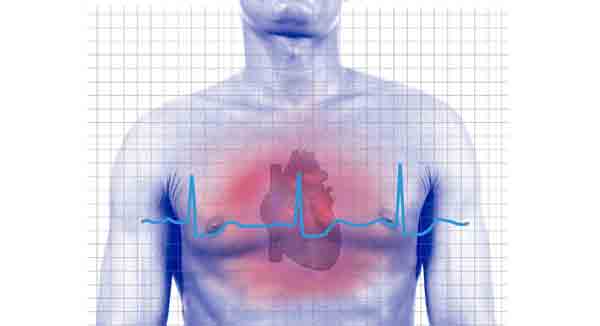About to Have a Heart Attack? New Test May Tell

A simple blood test may predict a heart attack up to two weeks in advance, new research suggests.
The test searches a patient's blood sample for abnormal cells that the researchers say could be indicative of the very early stages of a heart attack.
Such a test, if proven accurate, would be most useful for patients who come to the hospital emergency room with chest pain. Currently, medical personnel check to see if there is damage to the heart muscle, but they cannot check for problems occurring in the patient's arteries that would lead to a heart attack within weeks.
"So often these patients are unwittingly sent home and then have a real heart attack," said study researcher Dr. Eric Topol, director of Scripps Translational Science Institute in La Jolla, Calif. If patients were identified early enough, they could be given medication to prevent the heart attack, Topol said.
However, it's too soon to say whether the test works. That's because the study involved patients who were already having a damaging heart attack, not those on the brink of having one, and outside experts say it's possible the test found an effect of heart attacks rather than a cause.
More studies are needed to see whether the test can indeed predict heart attacks, experts say.
A Scripps press release acknowledged the need for "additional validation."
Sign up for the Live Science daily newsletter now
Get the world’s most fascinating discoveries delivered straight to your inbox.
The new study appears today (March 21) in the journal Science Translational Medicine.
Blood test
The test looks for signs that a patient has experienced an arterial plaque rupture — a crack in the lining of a blood vessel leading to the heart. This crack causes a blood clot to form, which in turn cuts off the blood supply to the heart, resulting in a heart attack.
Topol and his colleagues reported examining blood from 44 healthy patients and 50 patients who went to the ER with a heart attack.
The researchers developed a special technique to isolate circulating endothelial cells (CECs) — cells that come from the lining of blood vessels but have ended up in the bloodstream.
There were striking differences between the CECs of heart attack patients and those of healthy people, the researchers say. Heart attack patients had CECs that were abnormally large and misshapen, and some of them had more than one nucleus.
Heart attack patients also had nearly five times as many CECs in their samples as healthy people did.
The test was able to accurately distinguish between heart attack patients and healthy people more than 90 percent of the time, said study researcher Dr. Paddy Barrett, also of Scripps Translational Science Institute.
Inflammation at the arterial rupture site may damage and distort CECs, making them look abnormal when they are released into the blood, Barrett said.
Cause or effect?
Dr. Rob Simari, a cardiologist at the Mayo Clinic, who was not involved in the new study, said, "The investigators have brought state-of-the-art technique to identify rare cells within the bloodstream."
However, the CECs may be coming from small blood vessels within the heart itself, and thus could be a result – not the cause – of the heart attack, Simari told MyHealthNewsDaily.
"The real question is: Is it a result of the heart attack or is it part of the early process of the heart attack?" Simari said.
In the case of the former, the test would not be predictive at all, Simari said. Additional studies are needed to find the answer, he said.
Pass it on: A blood test may identify at-risk patients before they have a heart attack, but more research is needed to confirm this.
Follow MyHealthNewsDaily staff writer Rachael Rettner on Twitter @RachaelRettner. Find us on Facebook.

Rachael is a Live Science contributor, and was a former channel editor and senior writer for Live Science between 2010 and 2022. She has a master's degree in journalism from New York University's Science, Health and Environmental Reporting Program. She also holds a B.S. in molecular biology and an M.S. in biology from the University of California, San Diego. Her work has appeared in Scienceline, The Washington Post and Scientific American.










